Last Updated on July 24, 2022 by Mary Pressler
 What Makes a Home Energy Efficient?
What Makes a Home Energy Efficient?
Every homeowner wants a lower electric bill, but finding a good starting point can be difficult. Each property is unique, and energy efficiency measures that are effective in one household may have little effect in another.
What Devices Use the Most Electricity?
Normally, appliances use the most electricity in a house. Before purchasing upgrades for your appliances, make sure you have a plan. Ideally, you should start with the energy efficiency measures that yield the highest savings per dollar spent upfront. A professional energy consultant can inspect or audit your home to identify the best upgrades.
High Electricity Consumption Appliances
To reduce your electricity bills, focus on the appliances with a high energy footprint. The following table can be useful as a quick reference:
| Appliance | Electricity Consumption |
| Air conditioning | The highest energy consumption among all home devices. Upgrade to a high-efficiency model and use with moderation. |
| Heating appliances (boiler, furnace, water heater, etc.) | Minimal electricity consumption if they run with natural gas.
High consumption if they use electricity to produce heat. Consider a high-efficiency heat pump if you want to avoid using gas. |
| Pumping appliances | Electricity consumption is moderate during normal operation, but it can become much higher when the pump is malfunctioning. |
| Refrigerator | Electricity consumption can range from moderate if the unit is modern and efficient, to very high if the unit is old and poorly serviced. |
| Lighting | Consumption is determined by the lamp type – LED lighting offers high efficiency and a long service life. |
| Electronic devices | Minimal power consumption, and unplugging them when not in use may not be worth the effort. |
| Motor-driven devices (fans, washing machines, etc.) | Moderate consumption under normal conditions, but it can increase when there is a malfunction. |
Home Devices That Use More Electricity Than You Think
Air conditioning and lighting represent the two highest expenses in most electricity bills, but there are several other devices with a significant energy footprint.
- Old refrigerator models can demand a lot of power, as mentioned above, especially if their maintenance has been deficient.
- Coffeemakers can waste a lot of power if homeowners have the habit of leaving them on for long hours.
- In general, any heating appliance that runs with electricity should be used with moderation.
- Pumping systems can consume a lot of electricity if they are configured incorrectly or damaged. Pay attention to pumps that start running repeatedly with no apparent reason, since this behavior is not normal and very wasteful.
Air Conditioners: The Top Electricity Consumers in Texas
When trying to save electricity, we tend to focus on devices that are very visible and used all the time, especially lighting fixtures and electronic gadgets. However, these devices do not represent the bulk of electricity consumption.
In most homes and commercial buildings, the largest share of electricity consumption can be attributed to air conditioning, especially in places with hot summers like Texas. The three best recommendations to reduce cooling costs are the following:
- Use air conditioners with a high energy efficiency rating.
- Make sure the unit has the right capacity, according to the cooling load in the area served.
- Make sure the thermostat in set properly, or even better – get a smart thermostat.
Old refrigerators use a lot of electricity, especially if they have air leaks or damaged insulation. By upgrading to a newer model with an ENERGY STAR label, you can easily reduce refrigeration costs by over 70%.
Choosing Energy Efficient Lighting for Your Home
Unless you upgraded them already, the lighting fixtures in your home probably occupy the second place in electricity consumption, after air conditioning. The operating cost of your lighting system depends on the specific lamp types used, and their usage schedule:
- Incandescent and halogen bulbs are very inefficient, and their operating cost is high.
- Fluorescent bulbs have decent efficiency, typically consuming 75% less power than incandescent lighting.
- LED bulbs offer top efficiency, capable of reducing lighting consumption by over 80%.
- High-intensity discharge (HID) lighting is a mixed bag, since there are many subtypes. Metal halide bulbs are just slightly more efficient than incandescent bulbs, while sodium vapor lamps have an efficiency comparable with LED, but poor lighting quality.
LED lighting upgrades are among the most frequently recommended energy efficiency measures, and for several reasons: they are simple, affordable and fast, while having a quick payback period.
Keep in mind there is a wide variety of LED lighting products, and results will be poor if you purchase the wrong lamp for an application. Do not assume than an LED bulb is suitable just because the base fits a socket – there are many important factors to consider:
- Adequate amount of lighting (lumens).
- Correct beam shape.
- Adequate color performance.
- Compatible power source: Some LED lamps need an internal rewiring of the lighting fixture before installation.
To get the best results with a lighting upgrade, a professional opinion is strongly recommended. Also make sure you purchase lamps with the ENERGY STAR label, which guarantees energy efficiency and high performance.
Plugged Electronics Only Represent a Minor Expense
Plugged electronics consume power when turned off, but this effect is exaggerated in online media. An electronic device typically consumes just a few watts when idle, contributing mere cents to your monthly electricity bill. As an example, assume you have 20 devices that consume 3 watts each when idle, and they are left connected for an entire month:
- The total power consumption is 60 watts.
- With 720 hours of use (30 days), the total energy consumption is 43.2 kWh.
- At 11 cents/kWh, this represents less than $5.
Although you can save cash by unplugging all devices that are not being used, the monetary reward is very small. If you are willing to assume this task in spite of the low savings, consider using power strips to disconnect many devices at once.
In Conclusion
Keep in mind that every home is unique, and many properties have newer appliances that consume less electricity. Usage habits also play a role, and a device that consumes little electricity in one household may be among the top consumers in another one. The recommendations in this article are general and they apply in many cases, but make sure you get a professional energy audit before any purchase decision. Read more on our Quick Electricity Blog and learn ways to lower your home energy bill.

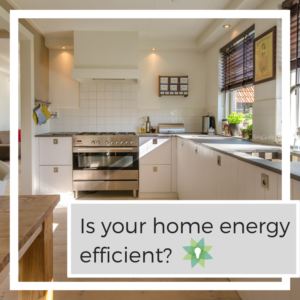 What Makes a Home Energy Efficient?
What Makes a Home Energy Efficient?
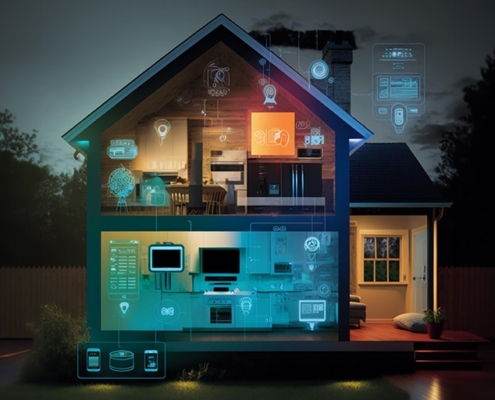
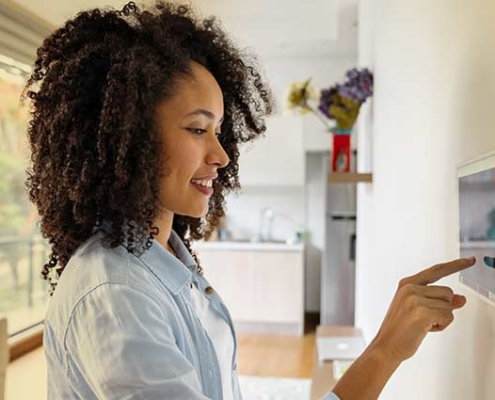
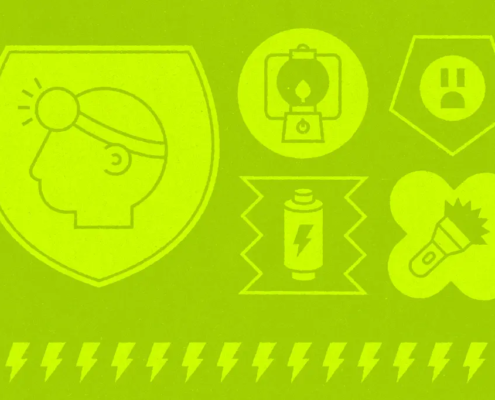
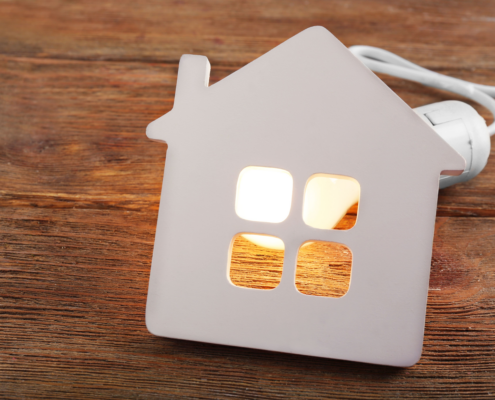




Leave a Reply
Want to join the discussion?Feel free to contribute!